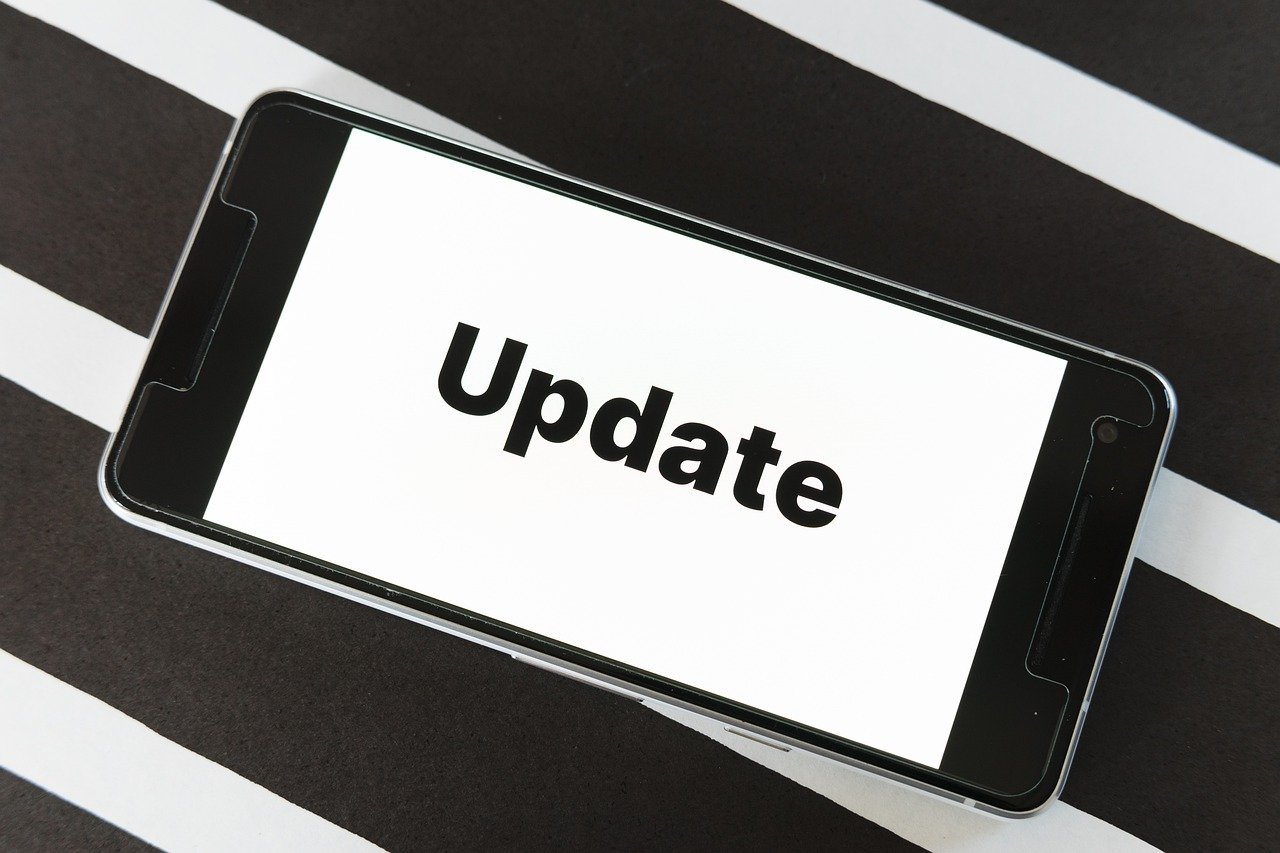The best day of Kamala Harris’s 2020 presidential campaign was its first.
Before she was tripped up by CNN town halls, forced to respond to a torrent of policy proposals put forth by Senator Elizabeth Warren, savaged by Representative Tulsi Gabbard and sandwiched between the moderation of Joe Biden and Pete Buttigieg, she drew 20,000 people to a rally in her native Oakland, Calif., that showed hints of the unifying Democratic figure she now promises to be.
In that speech, delivered in January 2019, Ms. Harris owned her record as a prosecutor, told personal stories about the impact of her family and multicultural upbringing, and struck fear in the heart of her Democratic rivals. The argument for her candidacy at the time was similar to the arguments that voters and political analysts are making in her favor right now. Mr. Biden had the experience, Ms. Warren had the policy, and Senator Bernie Sanders had the progressive appeal — but Ms. Harris was the candidate who could theoretically do all the above. It did not matter that in that crowded primary contest, few voters said she was their first choice. It mattered that she was nearly everyone’s second or third.
These days, that broad appeal is becoming the calling card of Harris’s 2024 presidential campaign, around which Democrats quickly coalesced after President Biden’s sudden exit from the race.
Now, with less than 100 days to go until Election Day, Ms. Harris has a rare opportunity to reintroduce herself to the American public. More than five years later, she is shaping up to be a different type of candidate this time — a Kamala Harris who sounds more like the one at that introductory speech in Oakland than the inconsistent candidate she proved to be. Here are four key ways the Kamala Harris of 2024 is different from, and informed by, the Kamala Harris of 2019.

